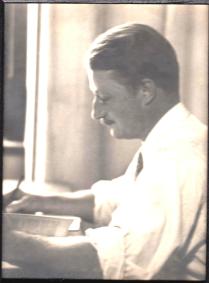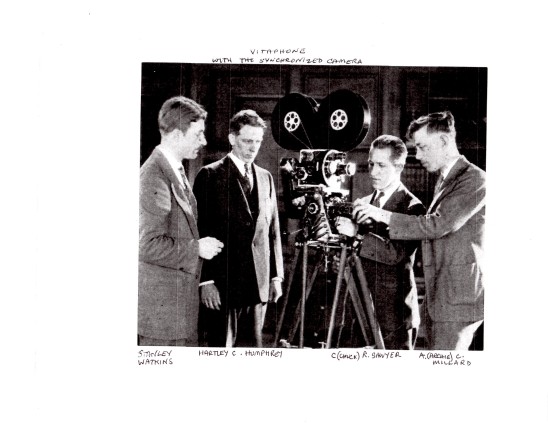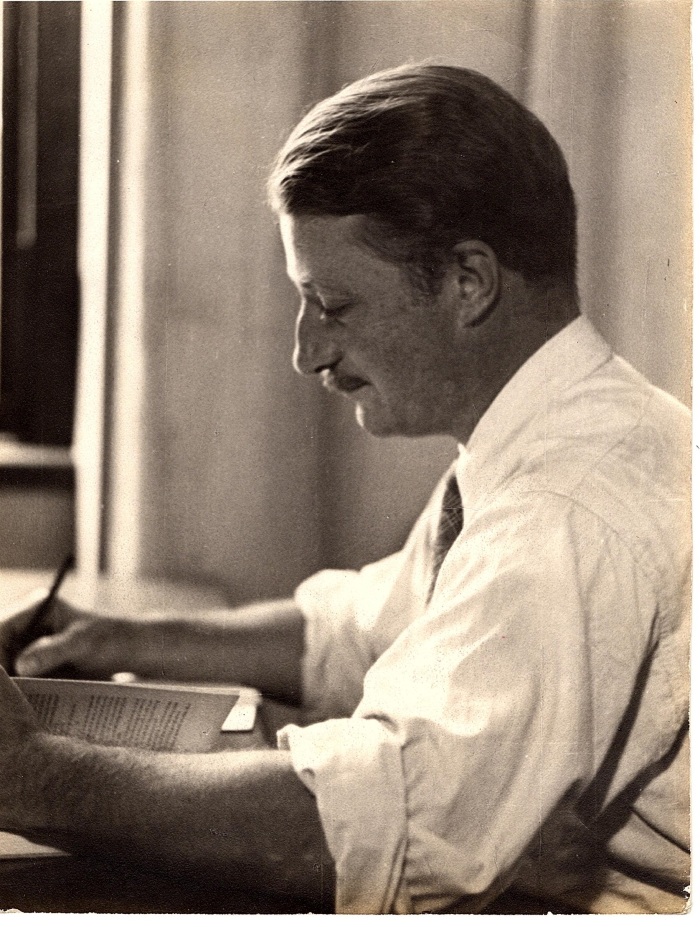One of the adages we learned as children, which I still quote in my 80s, is:Whether the weather is cold, or whether the weather is hot, we have to weather the weather, whether we like it or not.
Here in New Mexico we are blessed with four seasons, although being high desert country, we are often thought to be merely hot. Not so; winter is cold, with snow, and the spring blossoms – fruit trees, wisteria, forsythia – prove otherwise.
By April it is warm, even hot, but the cool breezes make it very pleasant. However, this is not always predictable.
This week the University is having its annual Medieval Lecture Series. Scholars from all over the world are invited to give lectures on a given topic: this year it is Animals, and the talks vary widely – literature, art and much between. The community look forward to this week and come in great numbers.
I look forward to the first day, the Monday, when some of the lecturers have already arrived in the city but the first lecture isn’t until the evening, because it is my happy duty to take them on a visit to Acoma Pueblo, one of the nineteen Pueblo Indian villages of New Mexico; Acoma is also medieval having been continuously occupied for over a thousand years.
It is about an hour’s drive from Albuquerque through our desert landscape with rolling hills, mesas and juniper bushes dotted over everything. The colors change as we move through red rock and yellow sandstone, finally coming upon a huge monolith called Enchanted Mesa. But we must go a bit further before we begin to see the brown adobe buildings that blend in with the color of the next mesa – our destination: Acoma “Sky City”.
Although there are many buildings on the masa, only bout 50 people, some 20+ families, live full-time up on this mesa with no running water or electricity. They are the caretakers of the village which swells with hundreds of people every feast day as the Acoma people come to open up their mesa homes from where they live in the three villages below. Those down below do have modern facilities.
Acoma Pueblo sits at 7000 feet above sea level so it can be very windy and cold up on the rock, another 364 feet higher; if it rains (not often) there is little shelter. We always warn our visitors to dress warmly. But on that morning we were blessed with wonderful weather; perfect for the mesa-top tour. Bright, warm sunshine and a gusty breeze, which made us hold onto our hats.
A group of Roads Scholars, a national tour group, joined the four of us in the bus which took us from the Visitors’ Center up onto the mesa. The paved road was put in by a movie company in the 40s who needed to get their equipment up to the top, but in olden days there was no road, and to get water the women were obliged to go down some stone steps cut into the rock to collect water from a pool. They carried it up in thin-walled pottery bowls balanced on their heads as they needed to hold on with their hands in the holes carved into the rock. (I do like descending this way after a tour, but the strain on my legs means days of discomfort afterwards.) Now they take water up in their trucks.
A young Acoma man was our guide, explaining the history and rules (don’t take photos in the church or graveyard). The church, built by local men to the Spanish friar’s design is dedicated to San Sebastian, and the 2nd of September is the Pueblo’s main feast day. We follow our guide around the Pueblo noticing the one tree (Acoma’s National Forest, they call it with a smile). Vendors display tables of their handmade or molded pottery, decorated with beautifully painted symbols of rain, health, food, each vendor ready and willing to explain what the patterns mean.
One reason I love taking this tour is that many of the vendors have become good friends over time, and I go from hug to hug.
My little group wanted to stay behind and do some more shopping so the others returned in their bus to the Visitors’ Center. With our purchases carefully wrapped in bubble wrap to protect them on the way home, our guide called up another bus to collect us. As we were the only passengers, the driver slowed down to show us things – the corrals made of slim poles known as jacal using the natural rock as one ‘wall’, the rock smoothed by kids who use it as a slide, the bottom steps of the rock staircase, the huge rock shaped like a camel’s head, and the lonesome rock, so called because it stands alone.
Back at the Visitors’ Center we chat with the artists under the portal, more friends, more hugs, and another lovely pot purchased. Then into the Cafe for lunch. A short time looking at the exhibitions, and then the drive home, past Enchanted Mesa again, and the Locomotive Rock (that the bus driver had told us to look out for).
It had been a super day, with New Mexico’s famous blue, blue skies and just the right weather for an outing like that. And how lucky we were because the next day was cold, cold, and raining on and off. Puddles everywhere. We had to put on rain gear and sweaters to go to the lecture that evening.
And today is bright and sunny once again, so I’m going to hang out the washing. Hope you are having good weather, but as I said before, whatever the weather you’ll have to weather the weather. If you don’t like it, wait and it will change shortly.
Blue Skies!
N.B. this blog was written a couple of years ago but never published. The description of Acoma Pueblo never changes. This year (2019) the Medieval Lectures will take place in March and the topic is “Presenting The Medieval World”. Let’s hope the weather will be kind.
 Mr Grosvenor, you and your wife visited my father, Stan Watkins, in his office at the NY Worlds’ Fair in 1939. I’d like to ask you some questions about your visit.
Mr Grosvenor, you and your wife visited my father, Stan Watkins, in his office at the NY Worlds’ Fair in 1939. I’d like to ask you some questions about your visit.
